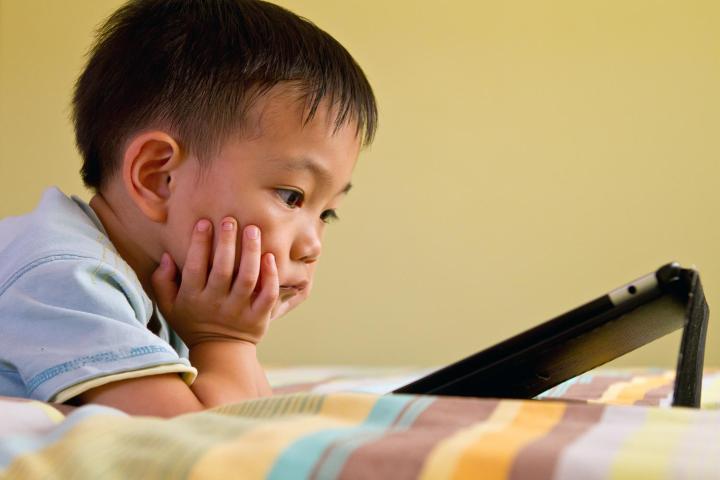
According to the office of the U.S. Trade Representative (USTR), it is currently in talks with Indonesian authorities and multinational forums. The agency believes such a law, which would go into effect on January 1, 2017, would hinder companies’ efforts to truly expand into the region.
“The United States shares these concerns, and strongly supports ensuring that information and communications technology, which can be instrumental to economic development, be openly available in Indonesia,” said a USTR spokesman.
The American Chamber of Commerce (AmCham) also raised some concerns in a letter sent to Indonesia’s Communications Minister Rudiantara, arguing the new regulation could cause serious problems for the country, as well. “We fear that the approach taken in this draft regulation could inadvertently restrict access to new technologies, raise the cost of ICT for Indonesian companies, stimulate grey and black markets for mobile phones, and carry other unintended consequences,” argued the agency.
In the same letter, AmCham also brought up the point that the regulation would likely violate international trade law governed by the World Trade Organization.
Even so, Rudiantara stands firm, saying the regulation would help Indonesia get a piece of the $4 billion pie in annual domestic smartphone sales. In addition, the regulation would move along President Joko Widodo’s pledge to turn Indonesia from a consumer to a producer.
This seems like an issue that is unlikely to die anytime soon, considering growing worries that Indonesia does not have a supply chain that’s strong enough to manufacture smartphones.


